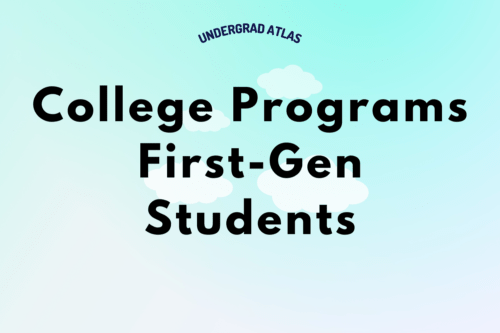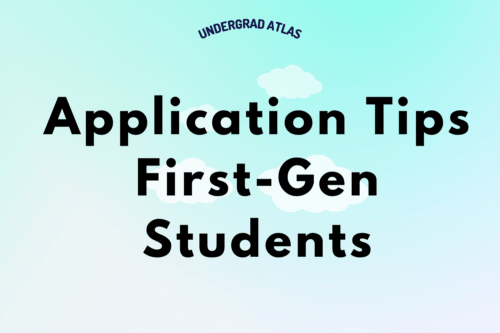Are you a first-time college applicant struggling to navigate the complex world of financial aid? Don’t worry, you’re not alone. Many students find the process of filling out the Free Application for Federal Student Aid (FAFSA) daunting, especially if they’re the first in their family to pursue higher education.
In this article, we’ll provide you with essential tips to help you successfully complete the FAFSA and guide you through the college application process.
Understanding Financial Aid: Grants, Scholarships, Work-Study, and Loans
To start, let’s brush up on the different types of financial aid available. Grants and scholarships are essentially gifts that do not need to be repaid, making them highly desirable. However, it’s important to note that scholarships make up only a small portion of the overall financial aid available.
Loans, on the other hand, require repayment but can be a valuable tool to help finance your education. Work-study programs allow you to earn money through on- or off-campus jobs, providing a source of income while you study.
Financial aid primarily comes from the federal government, but state governments, colleges, universities, employers, and other organizations also offer substantial amounts of aid. It’s crucial to explore all possible avenues to maximize the financial assistance you receive.
Embracing Loans as a Viable Option
One common misconception among first-generation students is the reluctance to take out loans for fear of accruing debt. While it’s understandable to be wary of borrowing money, loans can have significant advantages.
Taking on a part-time job in college to avoid loans may detract from your ability to focus on your studies and fully engage in the college experience. By borrowing money from the federal government at reasonable rates, you can potentially eliminate the need for a job, allowing you to devote your time to academics and personal growth.
Additionally, there are income-based repayment plans available that adjust your loan repayments according to your earnings. These plans can alleviate some of the stress associated with loan repayment, making borrowing a viable option for many students.
Stay on Top of Deadlines
Missing a deadline can cost you valuable financial aid opportunities. To avoid this, it’s crucial to be aware of the admission and financial aid deadlines for each school you’re considering. Each institution may have different requirements and timelines, so keeping a calendar with all the key dates can help you stay organized.
Remember, financial aid is often awarded on a “first come, first served” basis, so be proactive and submit all necessary forms promptly to avoid missing out.
Calculating the True Cost of College
When budgeting for college, it’s essential to consider all expenses beyond just tuition. Student fees, books, living expenses, and meal plans contribute significantly to the total cost of your college experience. These additional costs can quickly add up and may require you to take on extra loans or seek additional financial aid.
Take the time to evaluate your lifestyle needs and factor in these expenses to ensure your budget accurately reflects the true cost of attending college.
Exploring Multiple Options
Choosing the right college involves considering various factors, including academics, fit, and cost. While cost should never be the sole determinant, it’s important to explore all options to maximize your financial opportunities.
Students with high financial need who receive inadequate financial aid packages should consider attending a community college for the first two years to save money before transferring to a four-year institution.
Another cost-saving option is attending a community college and living at home, reducing residence hall charges.
When comparing colleges, keep in mind that private schools often offer higher financial aid packages for top students, especially first-generation students. Don’t limit yourself to just one option; carefully compare the financial aid packages and opportunities available at each institution.
Leveraging Financial Aid Events
To further assist you in navigating the financial aid process, many high schools host financial aid nights or events organized by financial aid offices. These events provide valuable general information and tips on how to apply for aid.
Additionally, workshops are often held where students and parents can receive personalized assistance with completing the FAFSA. If this is your first time completing the FAFSA, attending these events can be incredibly useful, as you’ll have the opportunity to receive one-on-one, in-person help.
Even if you’re not applying to a specific school, don’t hesitate to contact local financial aid offices for guidance. Most professionals are more than willing to help students in the community, despite not attending their institution.
Also read: How to Navigate FAFSA as a First-Generation Student: Tips and Tricks
Conclusion
Navigating the college application process can be overwhelming, especially when it comes to financial aid. By understanding the various types of financial aid available, embracing loans as a viable option, meeting deadlines, calculating the true cost of college, exploring multiple options, and leveraging financial aid events, you can maximize your chances of securing the necessary funding for your education.
Remember, financial aid is within reach, and with proper planning and guidance, you can confidently embark on your college journey.





